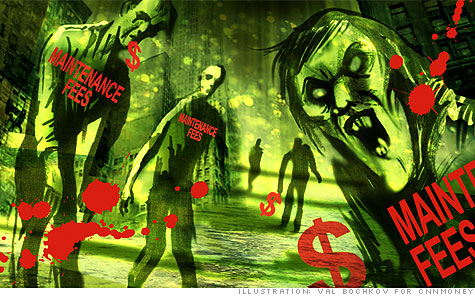Which Checking Account Is Best?

Ask your students to choose which checking account they think is best, assuming they expect to have an average balance of about $1,000?
- Interest rate earned of 1.5% and monthly maintenance fee of $10/month
- Interest rate earned of 1.0% and no monthly maintenance fee
- Interest rate earned of 0% and monthly maintenance fee of $2.50/month
- Interest rate earned of 2.0% and monthly maintenance fee of $5/month
I encourage you to try this one on your own also. Why does it stump so many people?
- Very simply, it is a unit of time problem where bank interest rates are typically denoted in annual terms and their checking account fees are assessed on monthly basis.
- In addition, consumers may focus too much on interest rates and less on fees. In a low-interest rate environment with a low-balance account, fees will almost certainly be the primary criterion in selecting a checking account.
In case you were wondering, here are the calculations (on monthly basis), using an average balance of $1,000 to calculate interest earned:
- Interest earned = $1.25 less fee of $10 = loss of $8.75 per month
- Interest earned = $0.83 less fee of $0 = gain of $0.83 per month
- Interest earned = 0 less fee of $2.50 = loss of $2.50 per month
- Interest earned = $1.67 less fee of $5.00 = loss of $3.33 per month
About the Author
Tim Ranzetta
Tim's saving habits started at seven when a neighbor with a broken hip gave him a dog walking job. Her recovery, which took almost a year, resulted in Tim getting to know the bank tellers quite well (and accumulating a savings account balance of over $300!). His recent entrepreneurial adventures have included driving a shredding truck, analyzing executive compensation packages for Fortune 500 companies and helping families make better college financing decisions. After volunteering in 2010 to create and teach a personal finance program at Eastside College Prep in East Palo Alto, Tim saw firsthand the impact of an engaging and activity-based curriculum, which inspired him to start a new non-profit, Next Gen Personal Finance.
SEARCH FOR CONTENT
Subscribe to the blog
Join the more than 11,000 teachers who get the NGPF daily blog delivered to their inbox:
MOST POPULAR POSTS










